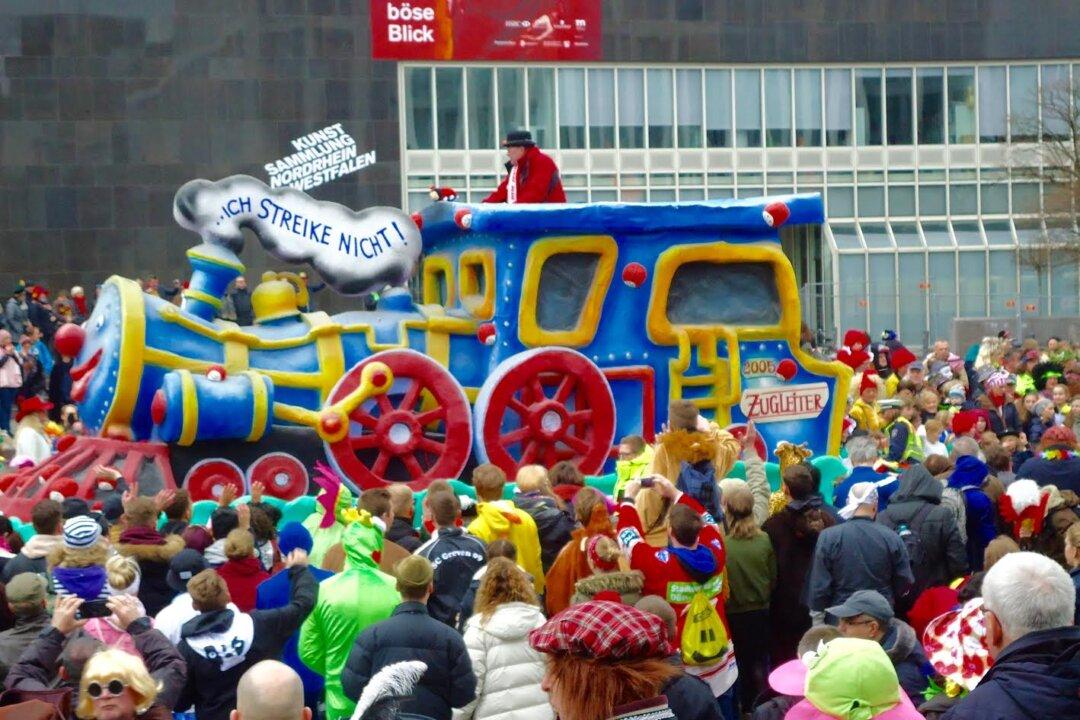Donegal is Ireland’s northernmost county, a place of jagged coastlines, slashed rock, soaring cliffs, and imposing headlands. White stone cottages tumble across a landscape etched by endless moorlands where human sacrifices from the Bronze Age are occasionally uncovered beneath brown layers of peat.
Mists and mystery swirl around Neolithic cairns, solitary stone towers, and baronial castles built by Irish labor for English lords. The creators of the most recent “Star Wars” movie, “The Last Jedi,” came here scouting location sites and found stand-ins for alien worlds.





